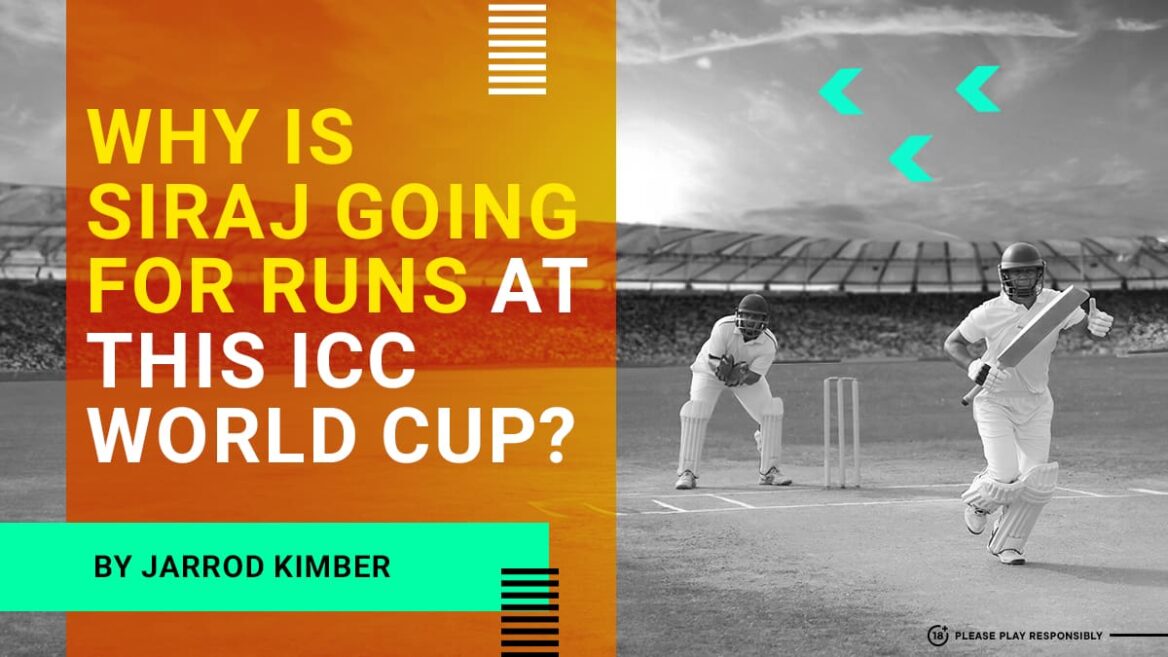Somehow cricket decided that in limited-overs cricket, there should be a minimum of five bowlers. And it has induced panic ever since because finding a great all-round option is never easy.
In the run-up to the 1999 World Cup, Bob Woolmer shared his ideal team. Seven bowling options and nine batters in the starting XI. Woolmer felt that all-rounders would give him a better shot at the title. He was right. Had it not been for errors and misfortune, South Africa’s all-rounder-heavy team would have won it.

All-rounders in the history of World Cup winners
The winners of the 2003, 2007, 2011, 2015 and 2019 World Cups used 70 players, 17 of whom were all-rounders. Having world-class all-rounders does not guarantee the title, but they increase a team’s chances of lifting the trophy because they are swarm harmonizers. all-rounders give teams flexibility that teams without do not have. They give their teams the ability to pick another batter or bowler in any line-up and take away the need for teams to go for a bits-and-pieces player as a fifth bowling option or to risk picking a below-average number seven batter.
A short batting order forces the top six to be risk-averse and play within themselves in an attempt to conserve wickets. all-rounders take this fear away. That’s how England won the 2019 World Cup. Six of the 13 players they used in the tournament were all-rounders of some level. They batted all the way to number nine, like Woolmer’s 1999 team. England’s top six batted secure in the knowledge that there was a lot more batting to come in after them.
With teams adopting England’s attack-minded approach in ODIs, all-rounders are now among the most coveted type of cricketer in the modern game. There are 26 all-rounders at this year’s ODI World Cup. England has the most with four, followed by Australia, India, Netherlands and New Zealand with three each, while Afghanistan, Bangladesh, Pakistan, South Africa and Sri Lanka rocked up with two each. It should be pointed out there is no official definition of an all-rounder. But this is our best guess.
And the big question is, which team has the best all-rounders? Three teams stand out.
India’s dynamic all-round duo: Hardik Pandya and Ravindra Jadeja
India has two of the best at the moment, Hardik Pandya and Ravindra Jadeja. One bat in the top six and the other at number seven, they have the best of both worlds. Pandya has been exceptional in this World Cup cycle, averaging 40.05 with the bat and 26.08 with the ball. At first glance, Jadeja’s numbers do not look impressive. His bowling average of 43.53 looks terrible. But, it is like that because he went through a rough patch in 2019 and 2020.
Over the past two years, Jadeja has rediscovered his bowling form and has averaged 38 and 31.73 in 2022 and 2023. The odd thing with Jadeja is that he bats well, he doesn’t bowl as well and vice versa. Thakur is the weak link with the bat with an average of 17.05 with the bat, which he makes up for with a good-looking average of 29.71 with the ball.
England’s versatile all-rounders
From England’s quartet of Sam Curran and Chris Woakes, Liam Livingstone, and Moeen Ali, only Livingstone goes pound for pound with India’s pair. He is closer to Pandya than he is to Jadeja with averages of 39.63 with the bat and 24.2 with the ball. But his bowling average flatters his talent. Curran is the next best all-rounder with averages of 26.14 and 36.15 with bat and ball respectively.
Chris Woakes offers some valuable lower-order runs at an average of 23. He also averages 27 with the ball. Moeen Ali is the worst of the lot with averages of 22.45 with the bat and 44.27 with the ball. But this group gave England incredible flexibility during the tournament.
Shakib Al Hasan: Bangladesh’s all-round gem
Shakib Al Hasan might actually be one of the greatest all-rounders in ODI history. He has scored the third-most runs for Bangladesh in ODI cricket. In this World Cup cycle, Shakib averages 36.58. He has been equally impressive with the ball, averaging 24.45. Shakib is supported well by Mehidy Hasan who averages 25.64 with the bat and 30.51 with the ball. Mehidy learned how to bat during Covid, and he even made runs during the warm-up matches.
Other teams’ all-rounders: A different approach
Australia, Netherlands, New Zealand, Afghanistan, Bangladesh, Pakistan, South Africa and Sri Lanka’s all-rounders are less Shakib and more Shardul Thakur with their all-round options. They are mainly either bowlers who can swing the willow at a few deliveries or batters who can turn their arms. They do well with less usage in the one discipline that is not their primary strength.
The question is, can India, England or Bangladesh make the most of their all-round advantage?
Read more from Jarrod Kimber:
Remember to gamble responsibly
A responsible gambler is someone who:
- Establishes time and monetary limits before playing
- Only gambles with money they can afford to lose
- Never chase their losses
- Doesn’t gamble if they’re upset, angry, or depressed
Read our detailed guide on responsible gambling practices.
Commercial content notice: Taking one of the bookmaker offers featured in this article may result in a payment to Cricket Times. 18+. T&Cs apply.


